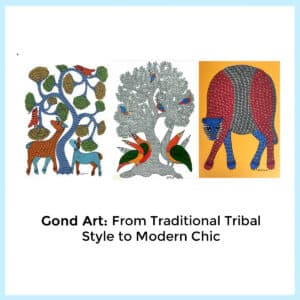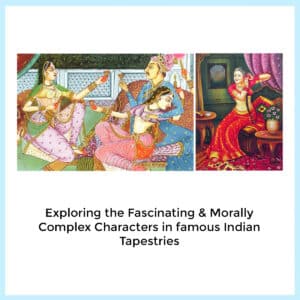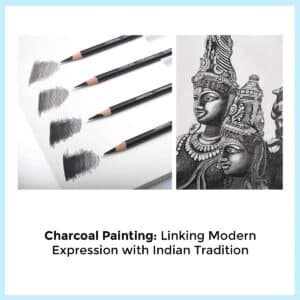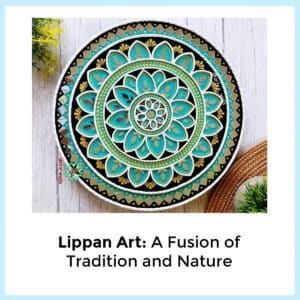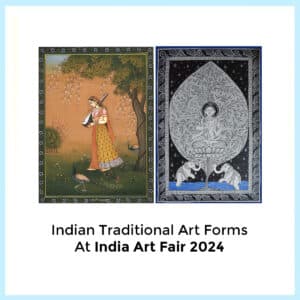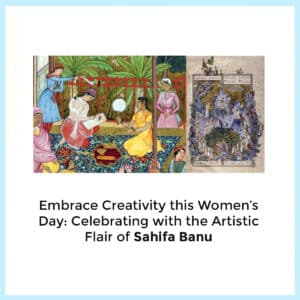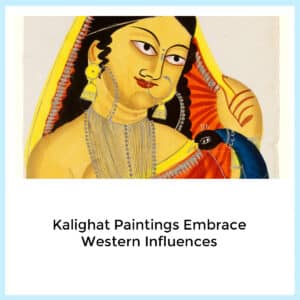A Rich Heritage of Indian Art
India has long been a rich source of artistic expression because of its ancient culture. The vivid colors of Madhubani paintings and the elaborate temple sculptures of Khajuraho are just two examples of how Indian art reflects the country’s rich cultural diversity and spirituality. This rich legacy is becoming more and more valued outside of its borders, drawing viewers from all over the world and becoming part of the global story of art.
The worldwide appeal
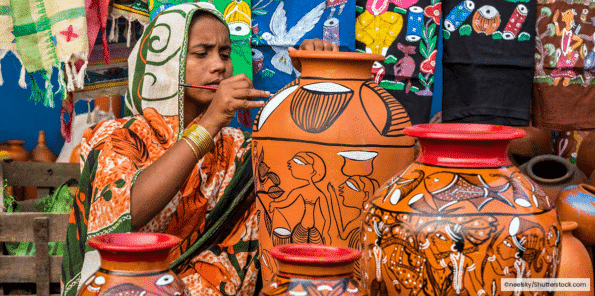
Indian art’s distinctive fusion of tradition and contemporary is what makes it so popular around the world. Anish Kapoor and Subodh Gupta, two notable contemporary Indian painters, have made a name for themselves internationally with their works that fuse modern themes and methods with traditional Indian symbols. The triumph of Indian art in international marketplaces and esteemed exhibition spaces underscores its allure, as it testifies to the country’s cultural heritage and significance in the modern era.
The role of International Exhibitions
International shows have been essential in popularizing Indian art throughout the globe. Art Basel, the India Art Fair, and the Venice Biennale are just a few of the occasions when Indian artists have been able to show their work to a worldwide audience. These shows foster a dynamic interchange of ideas and styles by showcasing both known and up-and-coming artists.

Technology's influence
Technology has played a major role in the internationalization of Indian art. Indian artworks are now accessible to and able to be purchased by art enthusiasts worldwide thanks to online galleries and virtual exhibits. Social media sites like Instagram and Pinterest have developed into essential resources for artists looking to connect with art aficionados across the world and show off their work to a worldwide audience.
Possibilities and Difficulties
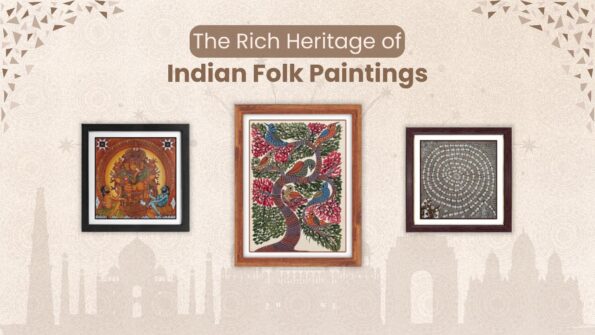
Indian art is becoming more and more globalized, which offers many potential but also problems. Upholding the integrity and authenticity of traditional art forms in the face of economic demands is a major problem. Furthermore, the needs of the international art market can take precedence over the acknowledgment and assistance given to Indian artists locally. These difficulties, however, also provide a forum for discussion and cooperation, guaranteeing that Indian art will develop while adhering to its historical traditions.
The international recognition of Indian art is evidence of its timeless beauty and significance. Indian art, which never fails to enthrall audiences throughout the world, contributes to the enhancement of global cultural landscapes while also elevating awareness and understanding of its rich legacy. Future developments and partnerships appear to be opening doors for even more prominence and influence for Indian art on the international scene.




